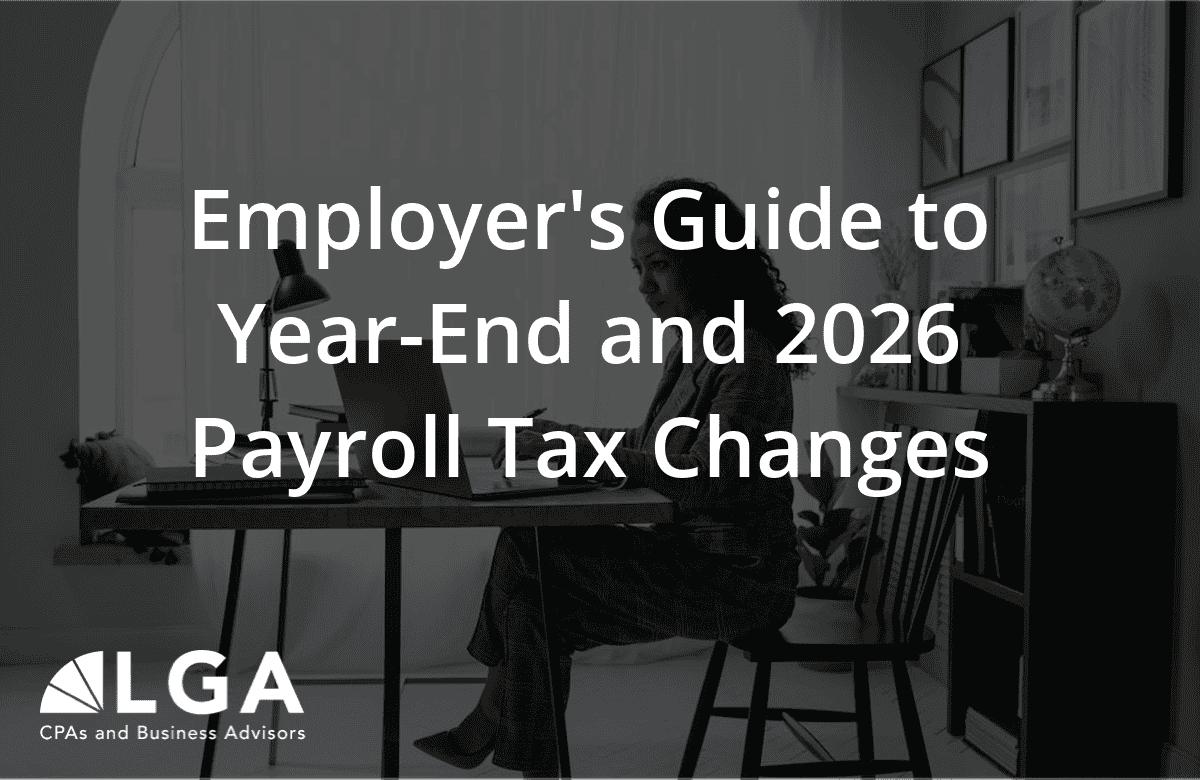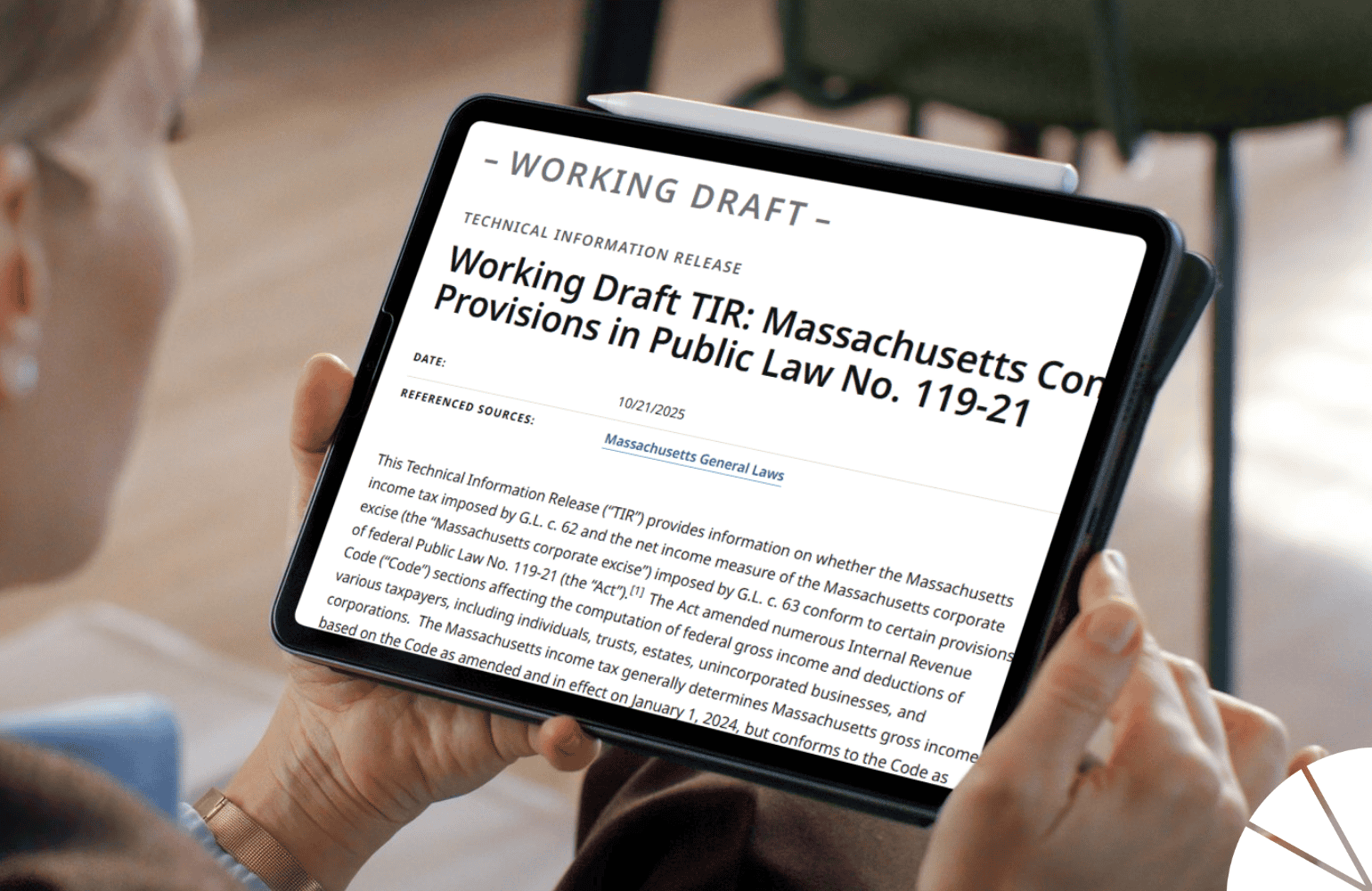
If you asked a group of small and medium-sized business owners how they use financial planning and analysis in running their business, some would ask what you mean, others would be familiar with the concept but feel that it’s not really applicable to their business, and the remainder might employ the practices on a limited basis. The reality is that financial planning and analysis (often referred to as FP&A) is applicable to and useful in any size of business in any industry. It’s a powerful tool that can enable you to gain better insights into your financial performance, make better-informed decisions, improve the chances of achieving your business goals, and prepare you for the unexpected.
Although FP&A is relevant to all businesses, many small and medium-sized businesses have limited finance functions. They may only have a bookkeeper or a small team of two or three people handling accounting and finance. These smaller teams often lack the necessary experience, skill set, or time to focus on planning and analysis. Moreover, many business owners wear multiple hats and prioritize operational issues. They MIGHT think of the finance function as simply closing the books, and any planning is done from an operational point of view.
When a business opens itself up to implementing FP&A processes and disciplines, it can often be extremely impactful from a process and efficiency perspective – and financially. By their nature, the outputs from FP&A practices can lead directly to valuable insights and opportunities for growing the bottom line and enhancing your company’s value.
The basics of FP&A
At its most fundamental level, FP&A should include:
- An annual budget process
- A monthly forecast process (both P&L and cash)
- A monthly variance analysis to assess results in relation to budget/forecast and prior year
- A series of KPIs (key performance indicators) and business metrics to measure performance against industry benchmarks
These elements might sound relatively simple, but the complexity lies in how to approach each, as a different approach can drive a very different outcome. For example, a budget can be built to represent a set of financial goals or targets for the company, or it can just reflect base-level financial expectations based on the current business trajectory. It can also be built to show what cost structure and staffing levels are reasonable in different revenue scenarios. Lastly, it can be used as a mechanism to support incentive compensation plans for key members of the organization.
Variance analyses can also take a variety of forms. Many business owners treat variance analysis as a math equation that simply measures the difference between actual results and forecast/budget/prior year, but doing that analysis without digging deeper and providing insights around the key variances sells the process short. A good variance analysis should tell a story around the “whys,” should address developing trends, and should inform whether the coming months’ forecasts are still reasonable.
There are more examples of these dynamics, but the important point is that each process, when executed well, will provide powerful data and insights that leadership can use to make better-informed decisions.
The many layers to FP&A
In addition to the basic components of FP&A, there are layers that may be applicable to all companies depending on where they are in their respective lifecycles.
Some examples of these situational FP&A areas include:
- Long-term planning, including multi-year forecasts, for both internal use and for transaction support
- Due diligence processes to review various financial and non-financial aspects of an acquisition target’s business
- Quality of earnings reviews to determine whether an acquisition target’s financial statements represent the true performance of the business
- Scenario planning to evaluate appropriate cost structure and investment decisions
- ROI Analysis to assess the performance of a given investment in the business
- Incentive compensation plan development to build better frameworks to motivate and reward key employees
- Exit planning support, including financial modeling, documentation of various business components, highlights of the key selling points for the business, and evaluation of the best matches for the continuity of the business
A thoughtful and comprehensive FP&A process can help businesses of any size ensure that they are running efficiently and are ready to seize bottom-line growth opportunities when they arise. FP&A can also benefit a business by minimizing disruptions. A solid FP&A presence provides built-in tools to manage any surprises that might occur. This reduces the overall drama within a business and reorients the organization to a stable and proactive, rather than reactive, approach.
At LGA, we pride ourselves in developing and implementing FP&A tools and practices and becoming a trusted advisor within an organization by helping the business to pivot effectively to developments in their business. Contact me with any questions you have about getting started with FP&A for your business.






